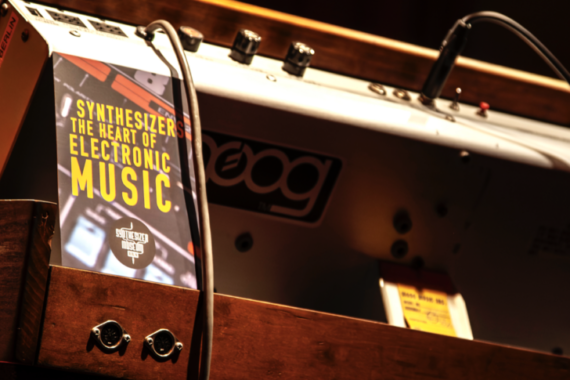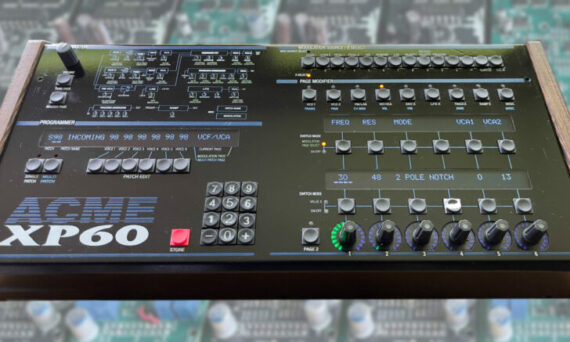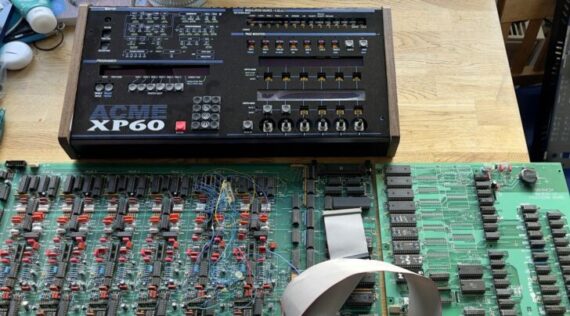Synthesizer Museum Berlin Opens First Exhibition Feb 12, 2025

The Synthesizer Museum Berlin has announced its first exhibition, opening February 12, 2025, that will feature over 50 rare synthesizers and other electronic instruments.
They say that the collection offers “an exciting journey through time, showcasing the evolution of the instruments that have shaped pop music like no other.”
“Berlin is the perfect place to celebrate the history of the synthesizer and to make its cultural influence accessible to a wide audience,” explains Michael Soltau, film composer and initiator of the museum. “From the ‘Berlin School’ with Tangerine Dream, to David Bowie’s ‘Berlin Trilogy,’ and the city’s vibrant techno scene, Berlin has played a key role in electronic music history.”
Visitors will also have the chance to try out selected instruments – a highlight for musicians and music enthusiasts alike.

Visitors will also have the opportunity to get a guided tour, with audio experts and musicians such as Thorsten Quaeschning (Tangerine Dream) as their guide. Visitors will learn how famous tracks were created and which synthesizers played a central role in their production.The exhibition marks the beginning of efforts to establish a permanent location for the museum in Berlin. With over 14 million museum visitors annually—70% of whom are tourists—the Synthesizer Museum promises to be a valuable addition to the capital’s cultural offerings.
Location:
Synthesizer Museum Berlin // Exhibition at SchneidersRäumen
Skalitzerstraße 135a
10999 Berlin-Kreuzberg
Hours: Open daily except Tuesdays, from 10:00 AM to 6:00 PM
Admission: €12 per person
Tickets and further information are available at the Museum site.
There will be an Opening Event Tuesday, February 11, 2025
17:00 Uhr Doors
18:00 Uhr Live: Kurt “Pyrolator” Dahlke
19:00 Uhr Live: Thorsten Quaeschning, Tangerine Dream
RSVP for Opening Event pr@synthesizermuseum.info







